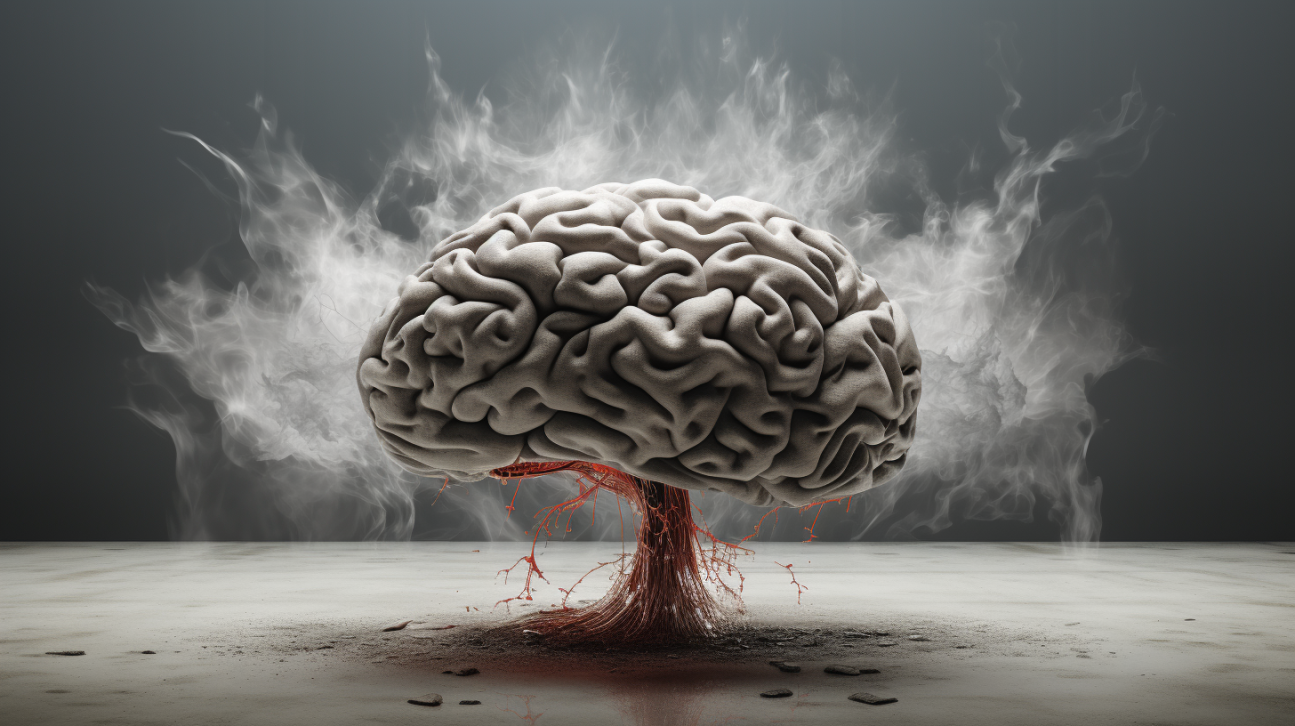Cocaine use can lead to significant structural changes and accelerated aging of the brain, according to a new study.
Key findings include:
- Cocaine users showed widespread gray matter loss in areas involved in emotions, language, cognition and decision-making.
- Cocaine users had “older” looking brains, with brain-predicted age 2.5 years higher than their real age.
- Brain aging was linked to gray matter loss in regions involved in memory, behavior regulation and emotional processing.
Source: Biology (Basel) 2023
The research underscores the detrimental effects of cocaine on brain health and provides new insights into the neurological impact of cocaine addiction.
Chronic Cocaine Users: Brain Structure & Aging
The study, conducted by researchers Beheshti and Mucignat, investigated both structural changes and measurements of “brain age” in chronic cocaine users versus healthy individuals.
They performed MRI scans on 74 cocaine users and 62 healthy controls, matched for age and sex.
All cocaine users met criteria for cocaine use disorder, having used cocaine at least 3 times weekly with a maximum 60 days abstinence in the past year.
Using advanced MRI analysis techniques, the researchers first looked for differences in gray matter (GM) and white matter (WM) volumes between the two groups.
They then utilized machine learning to estimate “brain age” and see if cocaine impacted brain aging.
Gray Matter Loss in Cocaine Users
The MRI analysis revealed significant gray matter loss throughout the brains of cocaine users compared to healthy controls.
Areas with reduced gray matter included:
- Temporal lobe: involved in processing emotions, language and sensory information
- Frontal lobe: involved in executive functions like planning, decision-making, and impulse control
- Insula: involved in emotions, self-awareness, and addictive behaviors
- Superior frontal gyrus: involved in working memory, attention and other complex cognitive processes
- Limbic system: involved in memory, emotions and reward processing
In contrast, the researchers found no increases in gray matter volume and no differences in white matter between cocaine users and controls.
The gray matter loss aligns with previous studies showing GM reductions among cocaine users in areas like the insula, cingulate cortex and prefrontal regions.
It also matches clinical findings of deficits in memory, attention and emotional processing in cocaine addiction.
Accelerated Brain Aging in Cocaine Users

Beyond just looking at structural changes, the researchers also estimated “brain age” in both groups using machine learning.
Brain age refers to how old a person’s brain appears based on its structural characteristics.
A higher brain age than chronological age indicates accelerated brain aging.
On average, the cocaine users had a brain age 2.5 years older than their real age.
In contrast, the healthy controls showed no difference between predicted brain age and actual age.
This suggests chronic cocaine use is associated with considerably faster brain aging, similar to what is seen in neurodegenerative diseases like Parkinson’s and psychiatric disorders like schizophrenia.
Notably, the accelerated aging was observed in both male and female cocaine users, implying cocaine impacts age-related brain deterioration regardless of sex.
Brain Regions Affected by Cocaine-Related Brain Aging
To dig deeper into the link between cocaine and accelerated aging, the team looked at which gray matter regions were associated with higher “brain age.”
In cocaine users, higher brain age was tied to less gray matter in:
- Limbic system: Suggests cocaine may hasten age-related memory decline and emotional processing deficits
- Subcallosal gyrus: May relate to mood issues like depression and reduced motivation in addiction
- Cingulate gyrus: May impair ability to regulate emotions and behavior, leading to aggression and impulsivity
The affected regions play key roles in emotional and cognitive processing, indicating cocaine may accelerate aging of circuitry involved in mood, behavior, and decision-making.
Implications for Understanding and Treating Cocaine Addiction
By demonstrating both structural abnormalities and accelerated brain aging, the study adds to evidence that chronic cocaine use has a profound, detrimental impact on the brain.
Identifying the specific regions damaged by cocaine could lead to a better understanding of how addiction alters brain function.
This includes disruption of memory, cognitive skills, emotional regulation, and decision-making abilities.
Knowing the neurological toll of cocaine is key for improving treatments and interventions for addiction.
Potential therapies like brain stimulation and cognitive rehabilitation may be enhanced by targeting regions vulnerable to cocaine-related atrophy and aging.
Additionally, the findings underscore the importance of preventing cocaine misuse and helping users quit before extensive brain damage occurs.
Public health measures like education and harm reduction can help mitigate neurological decline among users.
Overall, this research significantly advances our knowledge of how cocaine alters brain structure and function over time.
A deeper understanding of the neurobiological impact of cocaine may pave the way for better management of this destructive form of addiction.
References
- Study: Cocaine destroys gray matter brain cells and accelerates brain aging
- Author: Iman Beheshti (2023)







